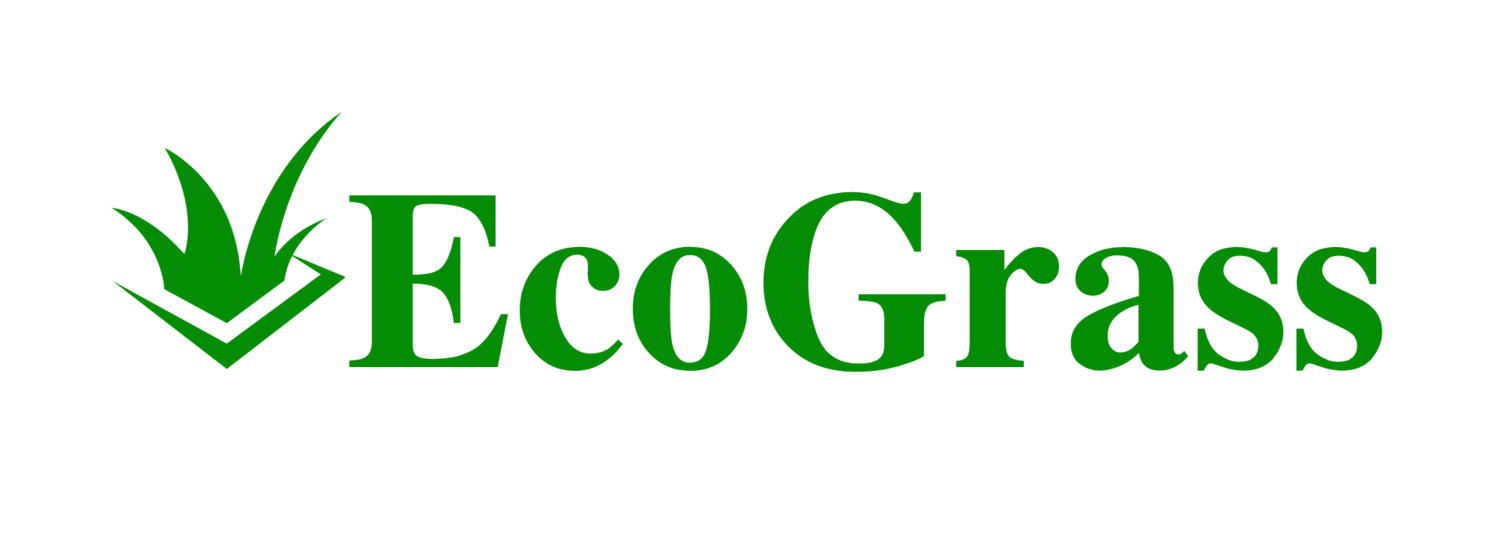Transforming a sloped area in your yard can be challenging, but artificial grass offers a practical solution. You can indeed install artificial grass on a slope, providing a lush, low-maintenance appearance to your hillside landscape. This versatile option not only enhances the aesthetic appeal of your property but also helps prevent erosion and reduces water usage.
Installing artificial grass on a slope requires careful planning and execution. The process involves preparing the ground, securing the perimeter, and ensuring proper drainage. While it may seem daunting, with the right tools and techniques, you can achieve a seamless, natural-looking result that withstands the test of time and weather.
Evaluating the Feasibility of Installing Artificial Grass on Slopes
Installing artificial grass on slopes presents unique challenges and opportunities compared to flat surfaces. The feasibility depends on factors like slope angle, soil conditions, and installation techniques.
Comparing Artificial Grass with Natural Grass
Artificial grass offers several advantages over natural grass on slopes. It requires no mowing, saving time and reducing safety risks associated with maintaining steep areas. Synthetic turf provides consistent coverage, preventing bare patches and erosion common with natural grass on inclines.
Artificial grass also eliminates the need for irrigation, making it ideal for drought-prone regions. Unlike natural grass, it doesn't require fertilizers or pesticides, reducing chemical runoff on hillsides.
However, artificial grass has higher upfront costs. Natural grass may be preferable if you prioritize a completely natural landscape aesthetic.
Assessing Slope Degrees and Materials for Installation
The steepness of the slope impacts installation feasibility. Gentle slopes (up to 20 degrees) typically allow standard installation methods. Steeper inclines require additional techniques to secure the turf.
For slopes over 20 degrees, install timber edging at the top to prevent slippage. Use stakes or landscape pins to anchor the artificial grass securely. Proper drainage is crucial to prevent water accumulation beneath the turf.
Soil composition affects installation. Rocky or unstable soil may need reinforcement before laying artificial grass. A stable base is essential for long-term success on slopes.
Step-By-Step Installation Guide
Installing artificial grass on a slope requires careful preparation and execution. Follow these key steps to ensure a successful and long-lasting installation.
Preparing the Groundwork
Start by clearing the area of existing vegetation and debris. Use a shovel to remove the top layer of soil, creating a depth of about 3-4 inches. Level the ground as much as possible, paying extra attention to any uneven spots on the slope.
Install a layer of Type 1 aggregate or granite dust as a base. Compact this layer thoroughly using a plate compactor. This base provides stability and proper drainage for your artificial grass.
For steeper slopes, install treated timber edging along the top of the bank. Secure it firmly with concrete to prevent slipping. This framework will help anchor the turf in place.
Lay a weed membrane over the prepared base. This barrier prevents weed growth and adds an extra layer of stability to your installation.
Securing the Artificial Turf
Roll out the artificial grass, ensuring it covers the entire area with some excess over the edges. Allow the turf to settle for 2-3 hours before proceeding.
Cut the grass to fit your slope precisely, using a sharp utility knife. Make sure to trim around any obstacles or landscaping features.
For joining sections, use seam tape and adhesive. Place the tape glossy side down, apply a thin layer of glue, and carefully connect the edges like a zipper.
Secure the turf using landscape staples or nails along the perimeter and at regular intervals across the slope. This step is crucial for preventing slippage on inclined surfaces.
Finishing Touches for Durability and Aesthetics
Apply a layer of infill material, such as silica sand, to add weight and help the grass blades stand upright. Spread it evenly using a drop spreader.
Brush the grass with a power brush to distribute the infill and create a natural, upright appearance. This step also helps settle the turf fibers.
Water the area lightly to help settle the infill material. This final step enhances the stability and appearance of your newly installed artificial grass.
Inspect the edges and make any necessary adjustments to ensure a seamless finish. Trim any excess grass for a clean, professional look.

